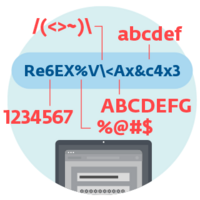Staff should be aware that reusing passwords is another common cause of BEC. Using the same password for work accounts and Facebook, for example, could lead to email compromise if Facebook undergoes a data breach that exposes passwords.
A reliable multilayered security solution is also a must. In addition to endpoint security, make sure you have email protection against spam, phishing and malicious attachments. Having the capacity for rules-based filtering and email quarantines can also help block unsolicited email and suspicious emails—even those with spoofed sender addresses.
Implementing multifactor authentication will help prevent unauthorized access to your network and reduce the chance of fraud if employees reuse passwords or work credentials are stolen.
If you’re using cloud-based apps, implementing ESET Cloud Office Security adds email protection as well as safeguarding sensitive info such as vendor lists or legal contracts stored in the cloud.



